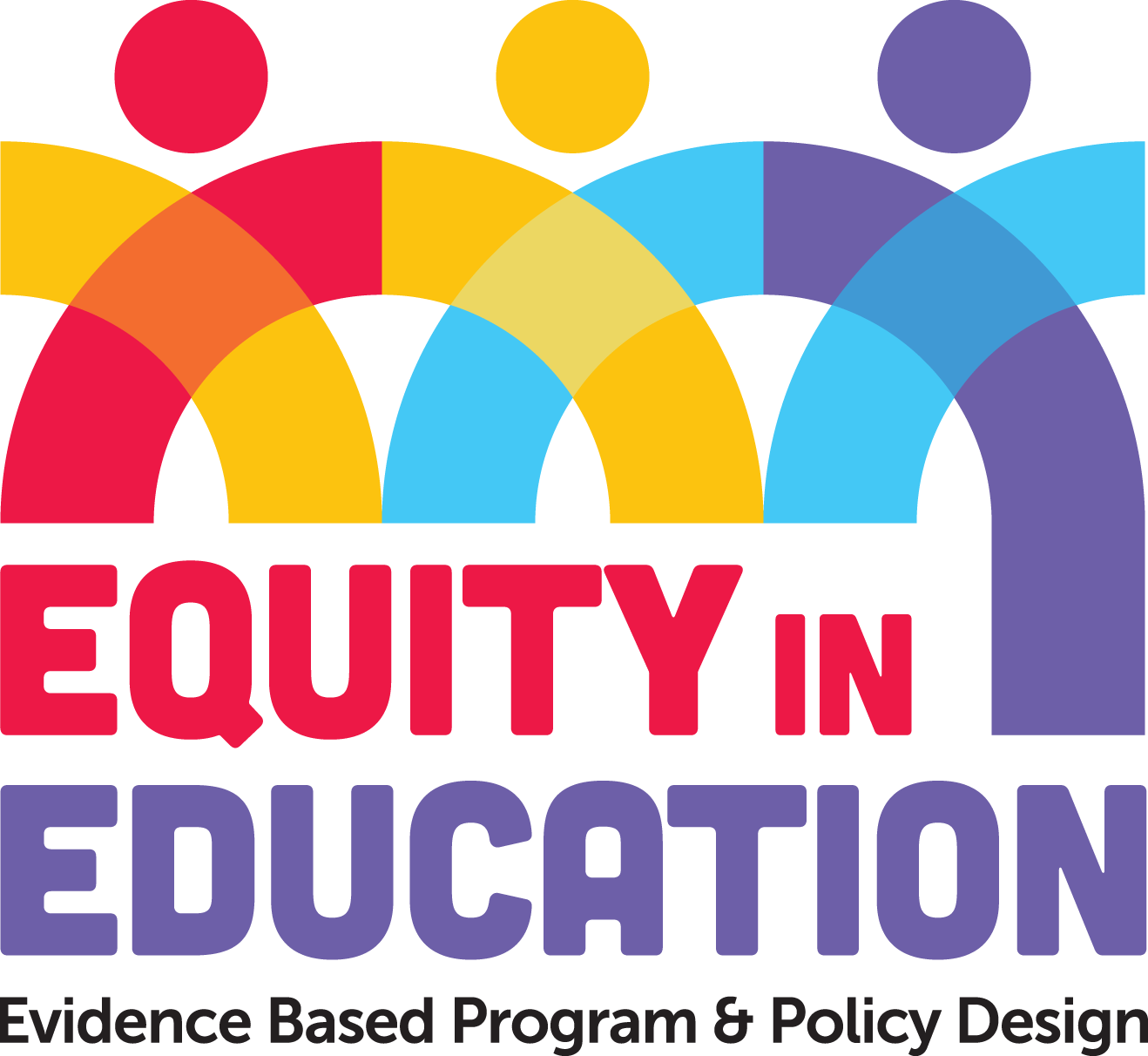The formula used to allocate federal funding to US states for special education is one of IDEA’s most critical components. The formula serves as the primary mechanism for dividing available federal dollars among states and represents policy makers’ intent to equalize educational opportunities for students with disabilities nationwide. In this study, we evaluate the distribution of IDEA Part B funding in the wake of changes to the formula that were instituted at the law’s 1997 reauthorization. We find that the revised formula generates large and concerning disparities among states in federal special education dollars. On average, states with proportionally larger populations of children and children living in poverty, children identified for special education, and non-White and Black children receive fewer federal dollars per capita.


